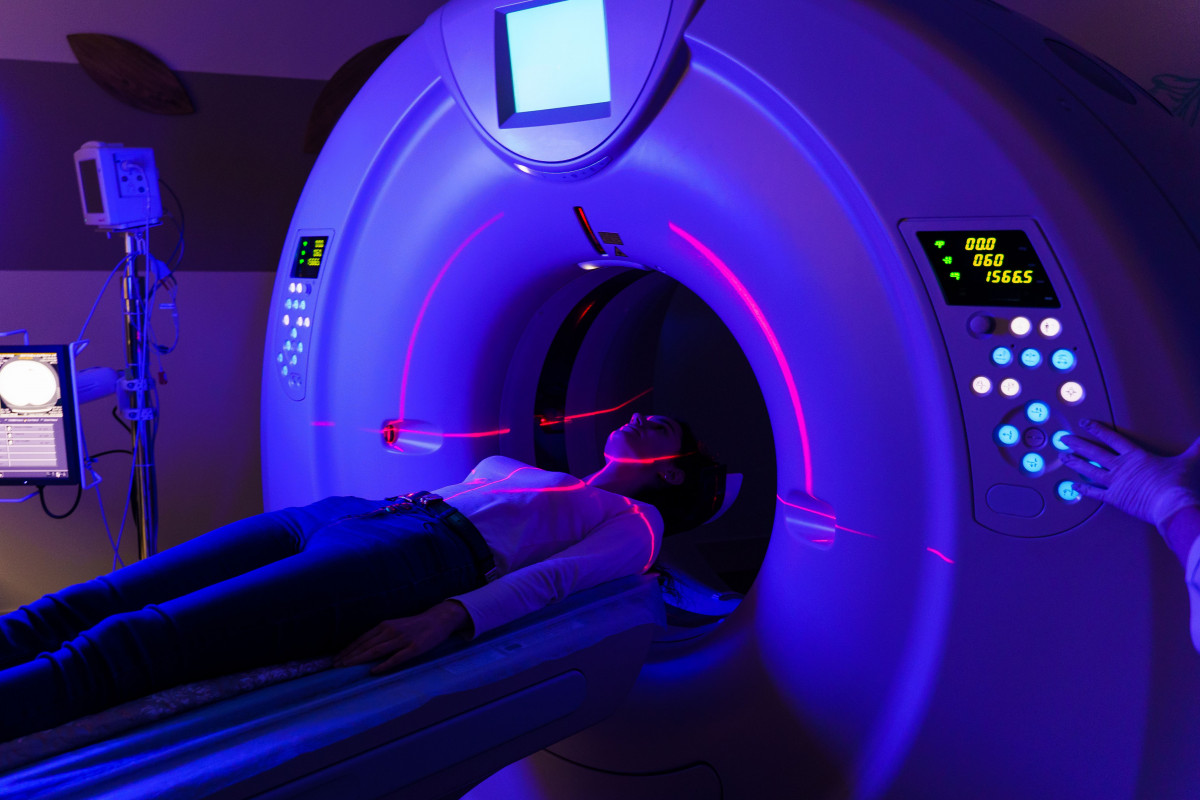History Until the Evolution of MRI
Magnetic Resonance Imaging, commonly known as MRI, has become a cornerstone of modern diagnostics. It provides detailed internal images without the use of radiation, offering invaluable insights for doctors and patients alike. But MRI didn’t emerge overnight—its development is a fascinating blend of scientific discovery, medical innovation, and technological progress.
The Science That Started It All
MRI is built on the principles of nuclear magnetic resonance (NMR)—a concept first uncovered in the 1940s. Pioneering physicists Isidor Rabi, Felix Bloch, and Edward Purcell discovered that atomic nuclei behave in predictable ways when exposed to magnetic fields and radio waves.
- In 1946, Bloch and Purcell independently demonstrated NMR in liquids and solids.
- Their findings earned them the Nobel Prize in Physics in 1952.
Initially, NMR was a tool for chemists and physicists studying molecular structures. It would take several decades before someone imagined using it for medical imaging.
Turning Science Into Imaging
The leap from theory to imaging happened in the 1970s, when researchers began applying NMR concepts to visualize the human body.
- 1973: Paul Lauterbur introduced spatial encoding using magnetic gradients, which enabled two-dimensional imaging.
- 1975: Peter Mansfield developed methods to quickly reconstruct these images with improved clarity.
Their combined efforts laid the foundation for what we now call MRI. In 2003, both men were awarded the Nobel Prize in Physiology or Medicine for their groundbreaking work.
The First Human MRI and Early Machines
The first full-body MRI scan of a human occurred in 1977, led by Dr. Raymond Damadian and his research team. While debates continue about his role in inventing MRI, Damadian undeniably contributed to the field’s growth.
- 1980s: MRI systems began to enter clinical practice. Although early machines were large and time-consuming, they offered unmatched detail, especially for imaging soft tissues like the brain and spinal cord.
By the end of the decade, MRI had firmly established itself in neurology and orthopedics.
Progress Over the Years: Better, Faster, Smarter
1990s
- The advent of functional MRI (fMRI) allowed scientists to study brain activity by measuring blood flow.
- 3D imaging and faster scanning techniques became standard.
2000s
- The use of 3 Tesla (3T) MRI machines became widespread, improving image resolution and reducing scanning times.
- Open MRI systems were developed to accommodate claustrophobic or larger patients.
2010s to Today
- Introduction of ultra-high-field 7T scanners, offering unparalleled image detail.
- Artificial intelligence (AI) began enhancing image interpretation and workflow efficiency.
- Portable MRI devices began emerging, making scans more accessible in emergencies and underserved regions.
What’s Next for MRI Technology?
The future of MRI is full of promise. Some of the exciting developments in progress include:
- AI-assisted imaging for faster and more accurate diagnoses.
- Real-time MRI, particularly useful during surgeries and procedures.
- Contrast-free imaging technologies, reducing patient risk.
- Compact, lower-cost machines designed for remote or resource-limited areas.
These advancements aim to make MRI more patient-friendly, accessible, and efficient.
In Summary: A Scientific Journey Turned Medical Breakthrough
What began as a laboratory discovery in atomic physics has grown into one of the most sophisticated imaging technologies in healthcare. MRI has transformed how we detect and monitor conditions ranging from brain injuries to joint damage and cancer.
Its story is a testament to the power of curiosity, collaboration, and cross-disciplinary innovation. As technology continues to evolve, so too will the capabilities of MRI—pushing the boundaries of what’s possible in diagnostic medicine.
